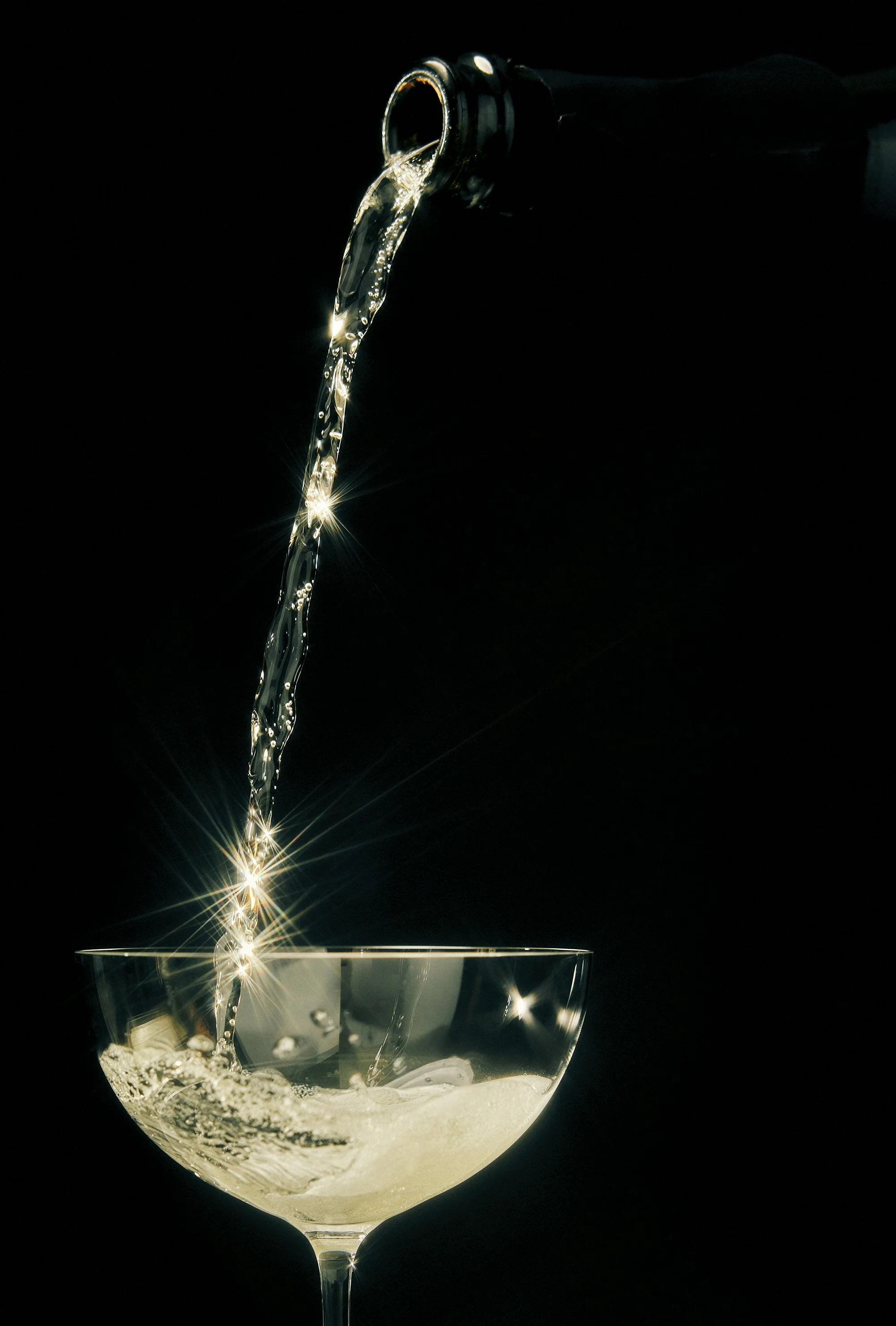Expect Dry January To Be Bigger Than Ever In 2021
Dec. 31, 2020: Originally published in Forbes.
2020 had everyone reaching for a drink. As the new year dawns, millions are re-examining those choices.
Over 6.5 million people are expected to take part in Dry January in 2021, up from an estimated 3.9 million in 2020, according to new data from Alcohol Change UK, the British non-profit that popularized the trend a few years back. One in five British adults who drink alcohol (20%) are planning to do Dry January this year, representing 12.4% of the entire UK adult population.
Those numbers are impressive, especially when compared to the trend’s humble start. When Dry January first officially launched in 2013, only 4,000 people signed up for the pledge to abstain. Since then, the trend has shown no sign of stopping, and the pandemic might have something to do with it with giving it more momentum. These numbers only take into account the people who sign up for the month via the organization; there’s reason to believe millions more take part unofficially and are not counted.
What appeared to be colloquial knowledge has been born out by new research: more people are drinking more heavily now since the start of the pandemic last spring. Nearly one-third (29%) of adults surveyed said they drank more in 2020 than previously. People reported drinking earlier in the day (26%) and drinking more often (31%), according to Alcohol Change UK. People also report “drinking to cope” and expressing concern about how much they drink.
Which means the timing is ideal for millions to eschew liquor and find their ways to better habits, even if they do return to drinking later in the year.
For those that do take part in the challenge, research has shown that the health effects are long-lasting. Research has shown that taking just one month off drinking can help reset bad habits, even if people do go back to drinking. Six months after completing Dry January, people reduced their drinking days from an average of 4.3 to 3.3, while the amount of liquor drunk fell from 8.6 units to 7.1. Frequency of drunkeness fell on average from 3.4 per month to 2.1 month, according to a 2020 study published in Psychology & Health. In 2018, the Royal Free Hospital found that taking just one month off alcohol lowered blood pressure and cholesterol, reduced diabetes risks and reduced the levels of levels of cancer-related proteins in the blood.
Taking part in Dry January for the first time? Having structure helps. Alcohol Change’s free app Try Dry lets people track the calories and money they’re saving by not drinking, as well as the units of liquor they’d typically drink. The app helps set goals and offers tips on staying dry. According to the non-profit, people who make a point to sign up for the month of abstaining, whether online or via an app, are twice as likely to complete the challenge, even if they were heavy drinkers to begin with.





